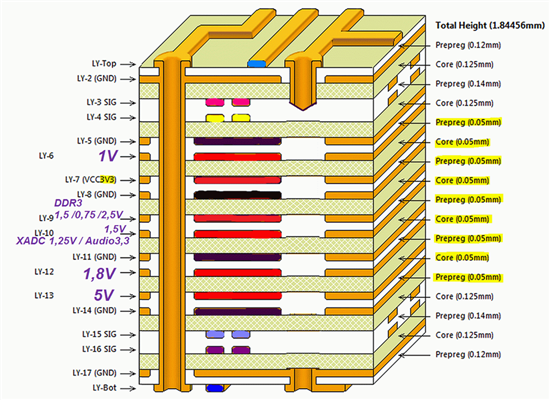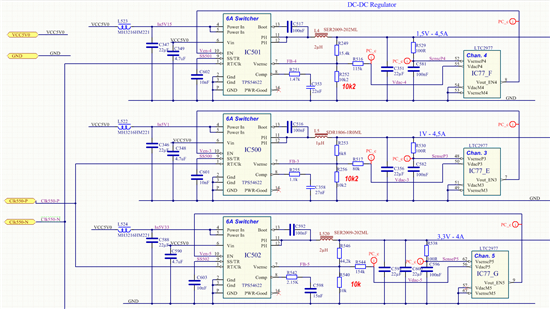Hi,
I revise my board layout that contains 4 TPS54622. Playing around with some parameter, I recognized that the same parameter as I used in October will now offer different solutions.
The Ccomp2 is new, and L1 and Cout have higher values. What is the reason for this?
Is it recommended to regenerate all designs?
Bahne







